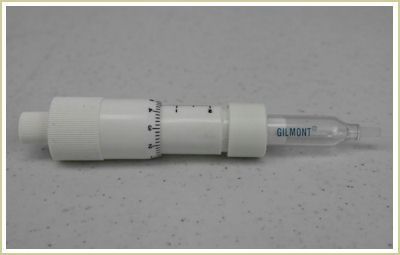|
November 2020 |
| Should PPE be hydrophilic or hydrophobic? |
|
Let's face it. Nine months ago half of
us had never heard of PPE. It was an term that was used
primarily among doctors, nurses and beekeepers. Regular people like
you and I had no use for face masks and surgical gowns. It took a
pandemic to change that. PPE (Personal Protection Equipment) is now
in the common vernacular. We find ourselves wearing a facemask
- at least in public spaces - every day.
While COVID-19 is new and we're still learning about it, most experts agree that it's transmitted human-to-human primarily through the transmission of airborne respiratory droplets that are emitted during talking, coughing, and sneezing. Many experts believe that PPE is one of the most important frontline tools for slowing the spread of the virus. It's particularly important in high-risk zones - like hospitals - in helping healthcare workers avoid direct contamination from infectious pathogens. PPE in this context includes face shields, facemasks, gowns, head coverings, shoe coverings, and gloves. For many researchers, PPE can be made more effective using surface treatments that improve antibacterial, antiviral, and antifungal properties as well as hydrophobicity. A hydrophobic coating can make it harder for droplets to stick to the surfaces of PPE. Researchers at MIT found that hydrophobic surface treatments can inactivate viruses.1 Other researchers discovered a sol-gel method that impregnated cotton with copper resulting in materials that are both superhydrophobic and antibacterial.2 In short, a number of researchers have developed methods that combine antiviral and hydrophobic qualities to improve the potential functionality of PPEs. The argument for hydrophobic or perhaps better yet, superhydrophobic surfaces is the droplets can roll off and away from the user of the PPE. Just as we've about got that figured out, a pair of researchers in India propose that hydrophilic surfaces on PPE will actually do more to reduce the spread of infections like the coronavirus.3 Their argument is that as contact angle increases so too does the drying time. If a virus-laden droplet can spread out and dry faster, then it will reduce the risk of infection. This may be especially true with nanoscale droplets which are less likely to roll off even when there is very low wetting. Their study indicates that the maximum drying time is found on drops that have a contact angle of 148°. They further conclude that PPE surfaces (such as facemasks which are frequently touched) should be made hydrophilic in order to speed up the time time it takes for a droplet to evaporate. That leaves us with a very important question: Should PPE be made hydrophobic or hydrophilic? We leave that for you to answer. Either way, you will need to measure the contact angle. That's where we come in. Please contact us and we can help you choose the right contact angle goniometer model that meets your requirements. 1 See this
paper. |
| Product of the Month: the Microsyringe Assembly |
|
I used to own a 1989 Toyota pickup
truck. It was about as simple as they come - manual transmission,
four-cylinder engine, no A/C, and roll-up windows back when they
still made roll-up windows. But it did the job and was actually fun
to drive even if you had to put the windows down in the summer. It
reminds me a lot of the microsryinge assembly which hasn't changed
in over 20 years - simple, easy to use, reliable and economical.
Since producing a good drop is a prerequisite to taking a good
contact angle or surface tension measurement, a microsyringe is
included with every instrument we sell - including our advanced
models that have automated dispensing capabilities. Many of our
customers who do surface energy measurements and don't have an
Automated Dispensing System will purchase several microsyringe
assemblies in order to switch quickly between test liquids.
The microsyringe is manufactured from virgin PTFE in order to provide maximum chemical resistance and includes a precision glass barrel. The test fluid comes into contact with glass, PTFE, and a replaceable Viton O-ring only. The micrometer style knob is graduated in 2 µl increments allowing for precise dispensing. The assembly is easy to take apart for cleaning and spare parts are available. For more information or to order one, visit this page. |
|
Regards,
Carl Clegg |

